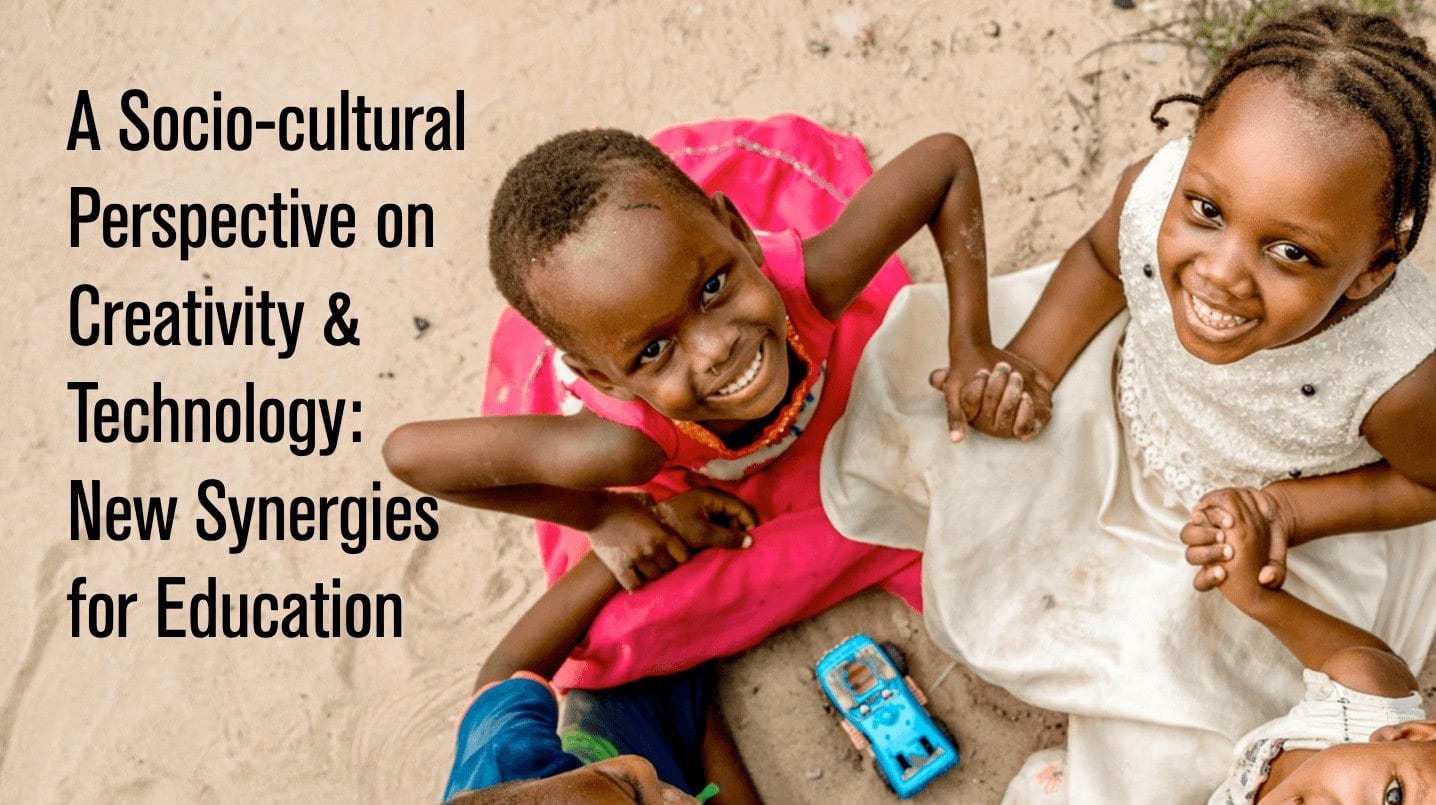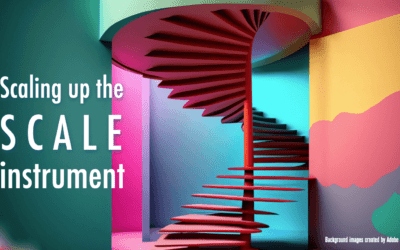At SITE 2008 Andrea Francis and I presented a paper titled Why some teachers trust digital technologies and other don’t?
Abstract: Digital technologies have the potential to provide educators with new ways of instructing and learning. However, some educators still choose not to integrate such technologies in their classes. We suggest that differing levels of teacher trust in digital technologies are one potential reason for this division. If teachers do not trust the digital technology they are using, they will not use it in the same way as someone who does trust the digital technology. Using a modified version of Tschannon-Moran and Hoy’s (2000) relational model of trust, we propose a framework for studying and measuring teacher trust in digital technology. Future work in the area is briefly proposed and discussed.
You can find a PDF of the paper here or alternatively view the presentation. (Flash required)




0 Comments